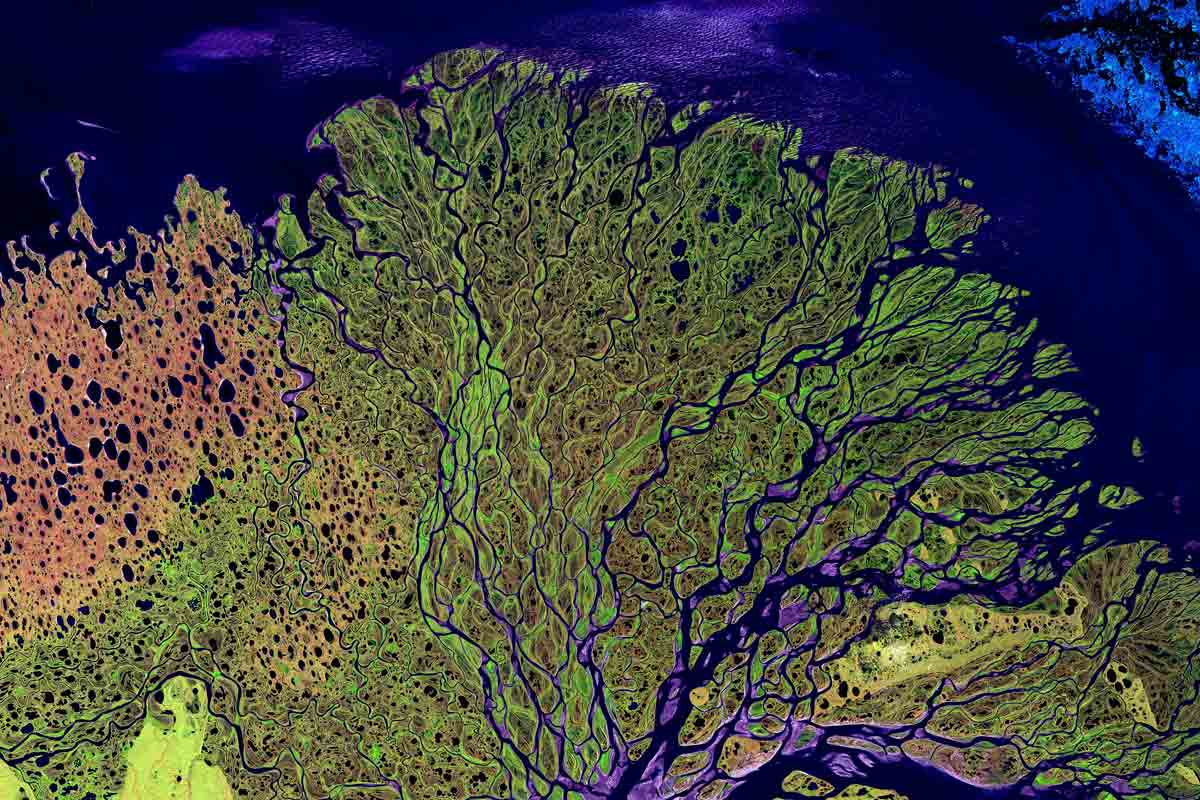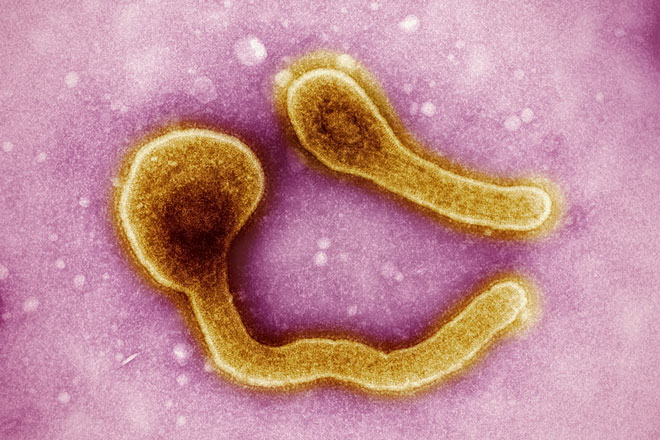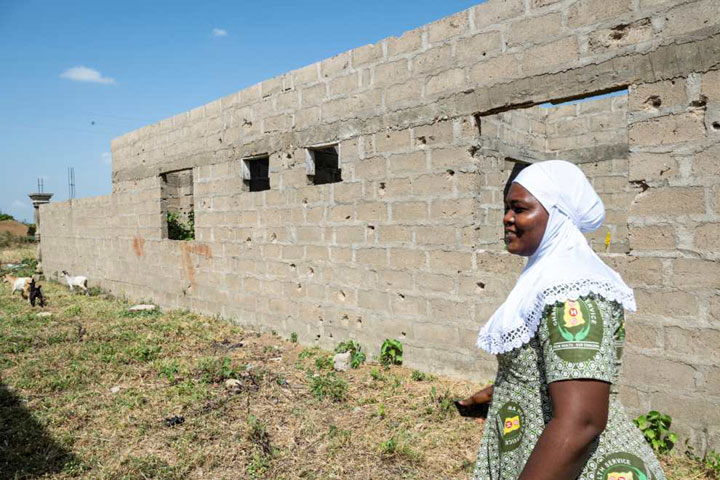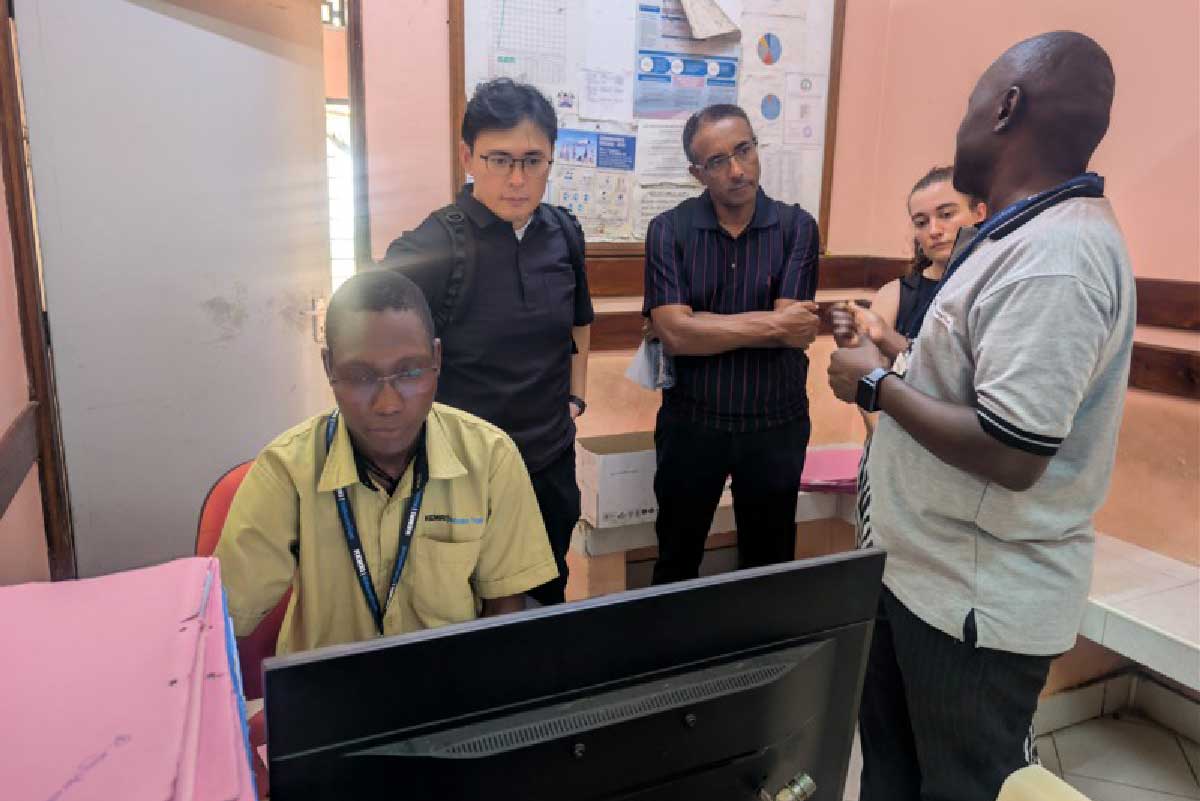New report outlines race against time to stop climate destroying our health
As the planet is ravaged by heatwaves, droughts, floods and cyclones, economists are calling for better investment in health to save millions.
- 23 January 2025
- 5 min read
- by Priya Joi

With 2024 being the hottest year on record, in which the Earth for the first time saw more than 1.5°C of warming since pre-industrial temperatures, climate change is arguably now the greatest threat to health.
Human beings in some of the poorest countries will need to battle extreme temperatures, floods, droughts and wildfires against a backdrop of overwhelmed health systems and economic crises.
This week, an analysis by the World Economic Forum mapped preventable human and economic impacts of climate change across 11 diseases, including malaria, dengue fever and cholera. It underlines how critical investments now could still save millions of lives.
Here are the four most important takeaways from the report.
1. Heatwaves and droughts will be the biggest killers
Climate change is estimated to cause an estimated 14.5 million deaths and US$ 12.5 trillion in economic costs by 2050 – and 500 million more people are likely to be exposed to vector-borne diseases such as malaria and dengue.
The WEF analysis showed that floods were found to pose the highest acute risk of climate-induced mortality, accounting for 8.5 million deaths by 2050.
Droughts, indirectly linked to extreme heat, are the second-highest cause of mortality, with an anticipated 3.2 million deaths. Heatwaves are likely to have the highest economic toll at an estimated US$ 7.1 trillion by 2050 due to the loss in productivity.
2. Low-resource countries will bear the brunt of negative health effects
The most vulnerable populations, including women, youth, elderly, lower-income groups and hard-to-reach communities, will be the most affected by climate-related impacts on health. Around 40 million people in Africa alone are living in severe drought conditions.
According to the report, the number of high-intensity tropical storms is anticipated to increase by nearly 10% by 2050, with 90% of them expected to occur in Asia Pacific and North and Central America. More than half of the world’s population will live in regions with severely limited water supplies by 2040, including much of China and India.
In sub-Saharan Africa, southern Asia and Central America, around 80 million people will be at risk of hunger by 2050. The populations facing a higher risk of food insecurity are also less likely to receive adequate support in mitigating the loss of livelihoods, property, and food and water supplies.
The WEF analysis showed that floods were found to pose the highest acute risk of climate-induced mortality, accounting for 8.5 million deaths by 2050. Droughts, indirectly linked to extreme heat, are the second-highest cause of mortality, with an anticipated 3.2 million deaths.
By 2030, more than 2% of total working hours worldwide are projected to be lost every year because it is either too hot to work or people need to work more slowly because of the heat. In southern Asia and Sub-Saharan Africa, for instance, the International Labour Organization predicts the resulting productivity loss may reach 5%.
Health is inextricably intertwined with this social and economic devastation, and low-and middle-income countries will see health inequities exacerbated.
Flooding is set to cause enormous devastation, and trigger a spike in malaria and dengue (figure 2). Malaria, a vector-borne disease that thrives in stagnant water, is projected to have a significant impact, costing approximately US$ 1 trillion and impacting 409 million disability-adjusted life years (DALYs) – a measure of the overall burden of disease, including the impact of disability and early death.
The report predicts that malaria in Central Africa will exert a significant economic toll of around US$ 345 billion to the healthcare system and impacting 151 million DALYs.
Drought can be just as devastating for disease spread. It can lead to a lack of potable water to drink and cook with, and drought-induced migration can further exacerbate the transmission of diseases, straining healthcare systems and compounding public health challenges.
3. Investment in enhanced prevention, improved diagnostics and novel treatments could save millions of lives
Despite these gloomy predictions, the WEF analysis estimates that 6.5 million lives could be saved, economic losses reduced by US$ 5.8 trillion and 1 billion fewer disability-adjusted life years (DALYs) accrued.
The report points to the success of key public-private partnerships such as the COVAX Facility, which was designed to ensure equitable access to COVID-19 vaccines worldwide. This helped hundreds of millions of people in low-income countries receive COVID-19 vaccines they otherwise wouldn’t have.
Now, however, the analysis says we need global public-private coordination on a scale greater than needed during COVID-19.
According to the report, the world needs focused R&D investments totalling US$ 65 billion over the next five to eight years. As it points out, while this is not an insignificant sum, this amounts to “less than 5% of annual R&D spending by the pharmaceutical industry”.
Have you read?
4. Building climate-resilient health systems
The report calls for the evolution of climate-resilient healthcare and delivery systems, in which effectiveness and accessibility are primary objectives. These systems will need to both protect people from climate shocks as well as aid recovery from health crises.
This ability to ‘bounce back’ will require the development of innovative treatments for infectious diseases, drug delivery innovations and preparedness planning of emergency services in anticipation of climate events.
The development of resilient systems will also need to include “adaptation planning, infrastructure resilience, disease surveillance and response, capacity building, innovative research and development, continuous evidence gathering and policy integration.”
Heatwaves are likely to have the highest economic toll at an estimated US$ 7.1 trillion by 2050 due to the loss in productivity.
The report says that for many diseases, including malaria and dengue, there is always an urgent need for reliable and rapid diagnostic tests. Early warning systems could prove life-saving here as well. “As warmer temperatures and increased humidity encourage the growth and spread of mosquito populations, community data collection, accurate geographic information system forecasting and mosquito monitoring, can help indicate a future outbreak,” says the report.
These early warning systems could trigger rapid public health responses that can include larvae control, distribution of bed-nets and the availability of diagnostics, as well as preventative and treatment therapeutics.
Although action against the health effects of climate change has been slow, 2024’s global climate change conference COP28 featured the first-ever “Health Day” and saw more than 120 nations sign a Declaration on Climate and Health. More than US$ 1 billion was committed to mitigate the negative health impacts of climate change.
The world hasn’t yet lost the opportunity to protect millions.









